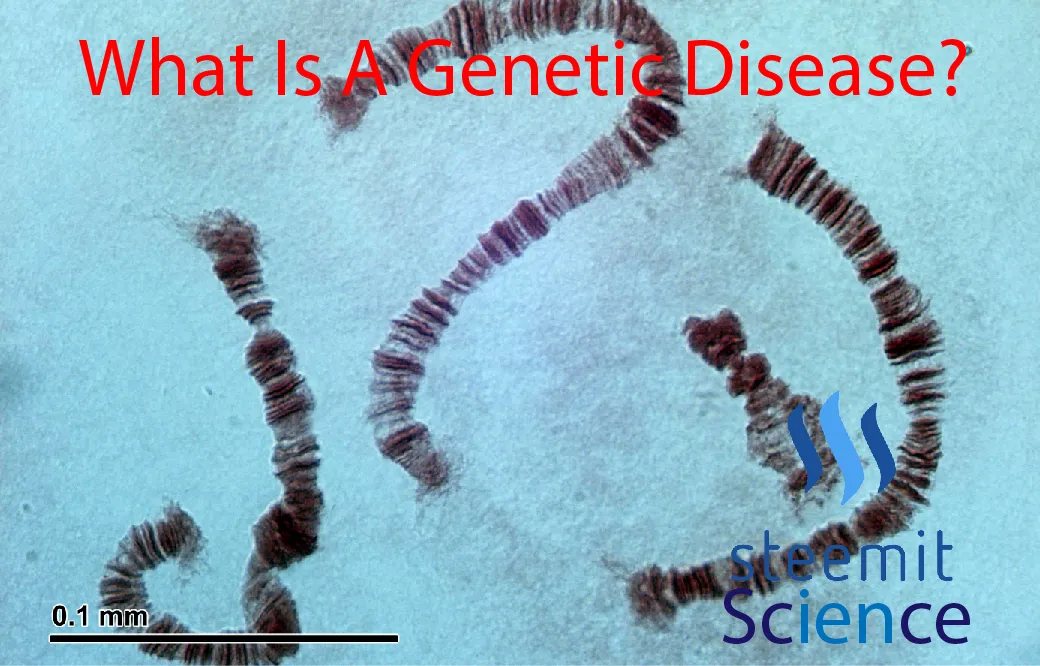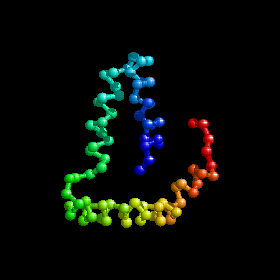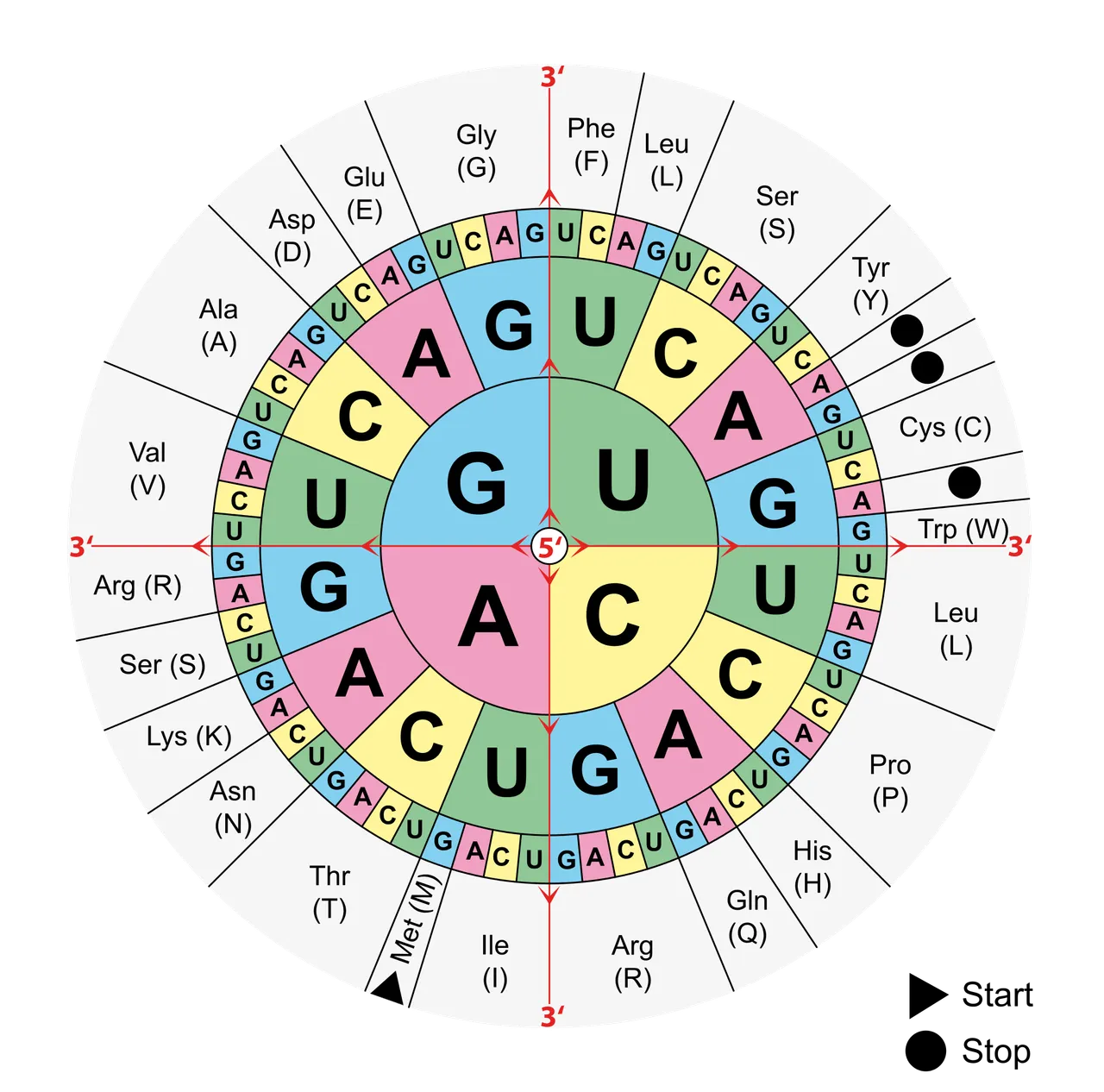Today we are going to take a break from breaking down primary literature publications to discuss a topic that you likely see thrown around in the news semi regularly these days. Genetic Diseases. Now more so then ever at any point in history we are all regularly exposed to a LOT of complex science (you may not even realize it), especially if you keep up with news about modern advancements in health treatments. In reading articles you will hear about things like: 'precision medicine', 'genomic screening', 'genetic diseases.' Lots of fancy sounding terms, that some of you may not even know what mean (but hey the scientists talk about them, so it must be very technical and only they could possibly understand it, right? Wrong!).
Why don't you take a brief moment out of your day, and join me in expanding your understanding of science just a little bit? The more you know about some basic concepts, the better you can understand treatments that you may be receiving at some point in the future!

Now, to answer the above question of what is a Genetic Disease we must cover a few basic topics, including: what is a protein/enzyme and how does one get built? What is a mutation and what does that mean for a protein? And finally, an example of a genetic disease. So lets get started, I promise this won't take too long (... maybe it will ;) depends on how closely you read) and think you will come out knowing/understanding more then when you went in.
What is a Protein/Enzyme and How Does One Get Built?
Proteins, you know protein is important, you are supposed to eat a bunch of it right? However what even is it? Protein is actually not an it, but rather many different things, and they are not just some abstract part of food.
Side Note: For most people a major source of protein in food is derived from meat aka muscle which is mostly composed of two major proteins called actin and myosin.
Second Side Note: When you eat food for 'protein' your body actually isn' interested in the protein itself, but rather in breaking it down for the amino acids which it is made up of... but more on that later
In fact there are many many varieties, in your body there are more than two million, completely unique types! Which to many of you might be surprising, but maybe less so when we think about what proteins actually are.
Proteins are largely two things to our bodies, they are the material that the structures in our cells are made up of (so they are structural proteins, or Scaffolds) and they are also molecular machines which allow very specific chemical reactions to occur (the molecular machine type proteins are called Enzymes, and they are the focus of my career).

Now these protein machines and scaffolds are actually made up of building blocks called amino acids. Each amino acid is unique from the next only in one section (called a substituent side chain or R-group), these R-groups are what give the amino acid its properties, be that a positive or negative charge, attraction to water (hydrophillic), or a strong dislike of water (hydrophobic). When proteins are being built in/by a cellular structure called the ribosome Amino acids are assembled together into a long chain called a polypeptide.

Now those amino acids all have unique chemical properties, some of them are attracted to each other, others are repelled by each other, some like water and want to be in contact with it, others hate it and want to be away from it. These properties result in the peptide chain that gets assembled folding up on itself, and it keeps folding, and folding until it is a giant blob where all of those chemical properties are in a state where they are happiest (lowest energy). We call this folded state a protein.
Some proteins (Enzymes) have particular spots where the chemical aspects of the amino acids allow for chemical reactions to occur, these spots are called active sites.
Taking A Step Back Into The Ribosome

Now we know how a protein is put together a little bit, but for the next section (mutation) we must first talk about how the amino acids are selected (briefly). This is determined based on the instructions provided to the ribosome on a piece of RNA which itself gets transcribed from a gene located in our DNA. These RNA transcripts are organized into 3 nucleotide (the building blocks of DNA/RNA) groupings called codons. The order of the nucleotides (the A, T, C and Gs of our genetic code) in each codon, tell the ribosome specifically what amino acid to incorporate next.
So, we've established what a protein is, how it is built, and where the instructions come from, which is all find and good when things are working as intended... but what about when things break?
What Is A Mutation And What Does It Mean For A Protein?
A mutation is just a change to the sequence of your genetic material. There are a ton of reasons WHY a mutation can occur and for the purpose of this blog the why isn't important. We are just concerned with the what. Say we have a DNA sequence AATTAAGGC, a mutation would be a change to ANY of those nucleotides in the sequence, if something happened and the sequence became AATGAAGGC then that is a mutation because a T became a G.
Now this potentially has a downstream effect on EVERYTHING, remember above we talked about how the ribosome assembles proteins based on codons right? And that those codons correspond to specific amino acids? Well say a mutation happened inside of a codon... one that was supposed to be telling the ribosome to put a Alanine, next into a polypeptide chain... that codon sequence is say... GAA, but a mutation happened and changed that G to a A so now the codon reads AAA well the ribosome will read that and incorporate the appropriate amino acid, which is now a Lysine.
THIS can cause a HUGE change in how an enzyme functions, because we have converted the chemical properties of the amino acid in a particular location in that protein. We went from an alanine which is hydrophobic (somewhat) and has no charge, to a lysine which is big and positively charged. Thats a big difference we changed everything about the properties.
Now say that alanine was located in the active site of an enyzme, it was sitting where a very specific chemical reaction was happening, one which required precisely the conditions which that enzyme allowed for. However, NOW we have altered the conditions and put some extra positive charge there. The chemistry may not work the same way now, the conditions are ruined (or maybe it works slower... or maybe it actually works much better! either way it is changed).
This is what happens in a Genetic Disease, a mutation happens in a particular spot in a gene, which results a change in how the protein functions, because the protein has a building block change. Its like taking a piece out of a finely tuned machine (say your computer), putting in a different one, and still expecting that machine to run the same way. Maybe it was replaced with something else. Okay if you replace your CPU with a faster one, it will still run, but if you replace your CPU with a capacitor... well that's not going to work out too well for the machine's computation abilities.
Example Of A Genetic Disease

Lets end with an example of a genetic disease. I will spin the wheel of diseases.... and its landed on Haemochromatosis. Haemochromatosis is a genetic disease which results in drastically increased absorption of iron from our diets. This disease is believed to be caused by one of two mutations which happen in the gene for a protein called the human haemochromatosis protein (WOW... so creative in the naming...) or HFE. The mutations that happen either change one cysteine, the 238th amino acid in this proteins polypeptide chain, to a tyrosine, or change of a histidine, the 63rd amino acid in the proteins polypeptide chain, to an aspartate.
These mutations to the gene cause a protein to be made which just isn't able to regulate the amount of iron which gets absorbed by the body. Unlike with other ions, our bodies don't have a good mechanism to get rid of excess iron either. So it leads to accumulation in all sorts of location.. most severely in the liver leading to cirrhosis or cancer. However the damage is not limited to there, as multiple organ systems are effected by this accumulation of iron. Currently treatment is limited to blood letting, or chelation therapy where compounds are given that trap the iron and allow it to be excreted from the body by the kidneys.
Conclusion
I hope this post has helped paint a better picture in your mind of just what a genetic disease is, and I hope the information will prove useful in helping you better understand all of the future medical treatments that are in store for us all as research and technology continue to progress. I have tried, throughout this post to provide you with a variety of links and other simple sources with which you can use to further your knowledge on the individual topics we discussed throughout. I have made heavy use of wikipedia sources as I find it to be relatively easy to digest as one attempts to gain an understanding of the basics of various topics.
Sources
Image Sources
Image 1
Image 2
Gif 1
Image 3
Image 4
Text Sources
- https://ghr.nlm.nih.gov/primer/precisionmedicine/definition
- https://www.sciencedaily.com/releases/2013/03/130307124552.htm
- https://www.genome.gov/10001204/specific-genetic-disorders/
- https://en.wikipedia.org/wiki/Actin
- https://en.wikipedia.org/wiki/Myosin
- http://www.innovateus.net/health/how-many-proteins-exist-human-body
- https://en.wikipedia.org/wiki/Scaffold_protein
- https://en.wikipedia.org/wiki/Enzyme
- https://en.wikipedia.org/wiki/Substituent
- https://en.wikipedia.org/wiki/Hydrophile
- https://en.wikipedia.org/wiki/Hydrophobe
- https://en.wikipedia.org/wiki/Ribosome
- https://en.wikipedia.org/wiki/Peptide
- https://en.wikipedia.org/wiki/Protein_folding
- https://en.wikipedia.org/wiki/Active_site
- https://ghr.nlm.nih.gov/primer/basics/gene
- https://en.wikipedia.org/wiki/Nucleotide
- https://en.wikipedia.org/wiki/DNA_codon_table
- https://en.wikipedia.org/wiki/Mutation
- https://en.wikipedia.org/wiki/Alanine
- https://en.wikipedia.org/wiki/Lysine
- https://en.wikipedia.org/wiki/Capacitor
- https://en.wikipedia.org/wiki/HFE_hereditary_haemochromatosis
- https://en.wikipedia.org/wiki/HFE_(gene)
- https://en.wikipedia.org/wiki/Cysteine
- https://en.wikipedia.org/wiki/Tyrosine
- https://en.wikipedia.org/wiki/Histidine
- https://en.wikipedia.org/wiki/Aspartic_acid
SteemSTEM

If you haven't heard about the SteemSTEM project yet (WHAT do you live under a rock!? Just kidding), and are reading this post then I highly recommend you take a look into it! The SteemSTEM team has been working for over one year now to promote promote well written/informative Science Technology Engineering and Mathematics postings on Steemit. The project (@steemstem) seeks to build a community of science and technology lovers on steemit and ade in nurturing the growth of blogs that will make steemit a go-to source for science/tech information, news, and just generally fascinating content.
To learn more about the project please join us on steemit.chat (https://steemit.chat/channel/steemSTEM) or on discord, we are always looking for people who want to help in our quest to increase the quality of STEM (and health) posts on our rapidly growing platform!
Finally thanks to @rocking-dave for the great gif set that so many members of the community use in their posts. They look fantastic.